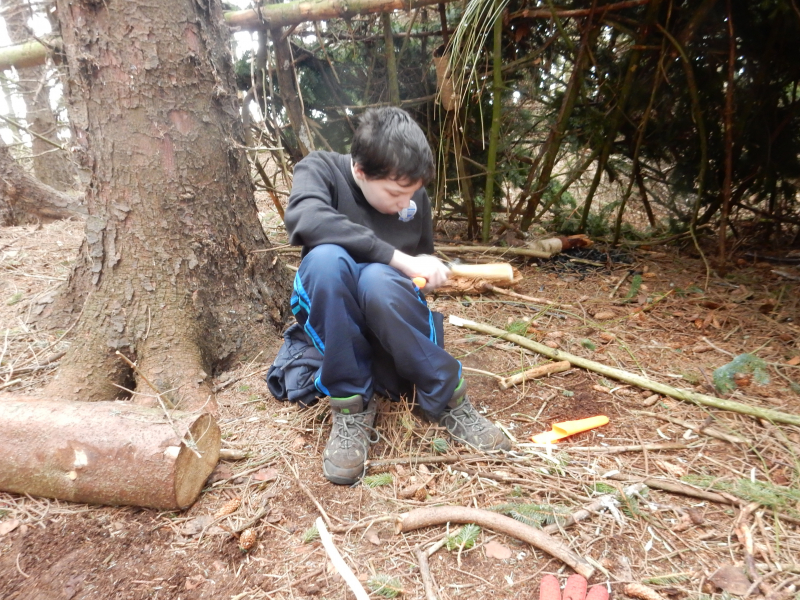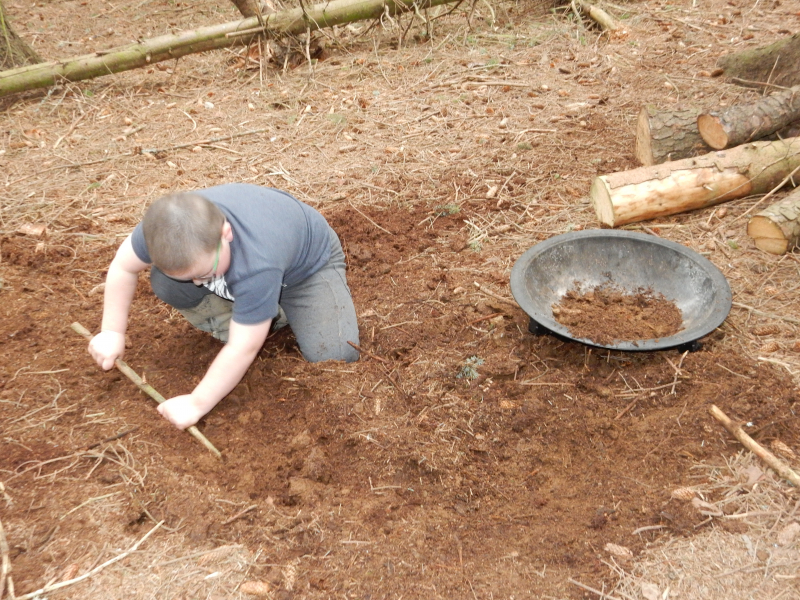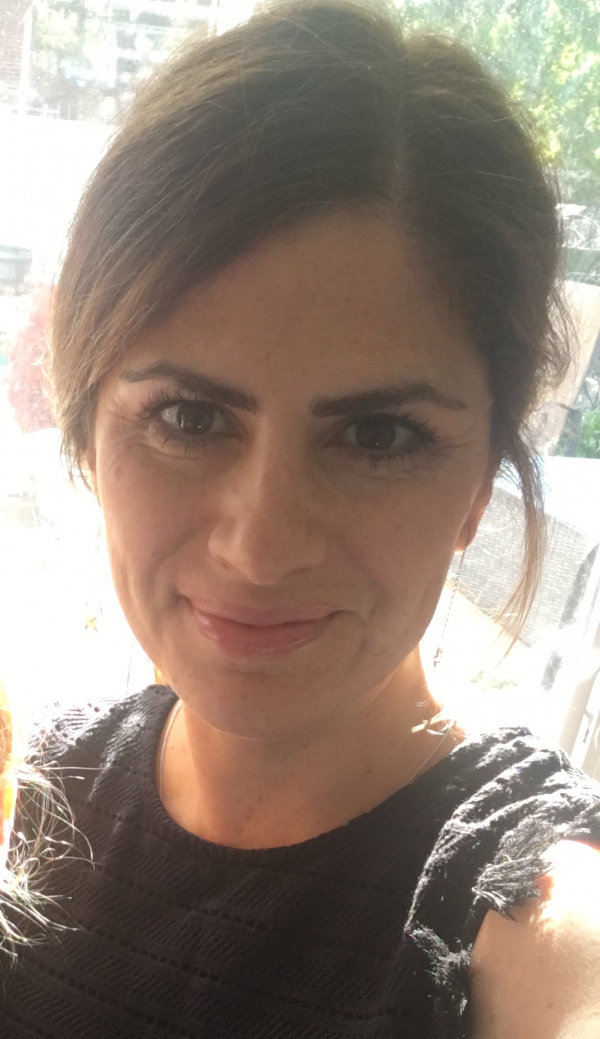Dirt Works.
Esther Gooch, Managing Director, Outdoor Woodland Learning School CIC
The OWLS CIC approach developed through my work as a Primary Teacher in mainstream education and while working out in the woods with OWLS CIC, a disability led third sector organisation. As a teacher, my approach has been to bring together strategies which are simple and work effectively to support pupils whilst requiring minimal financial expenditure. This ensures that everyone can discover the scientifically proven value of working outdoors with children!
To ‘enthuse, enjoy, challenge and inspire’ remains the focus of our vision out in the woods and on the beach, with the addition of nurture, love and care and our therapeutic horses. Children of all ages get wet, explore, make dens, build fires and get seriously muddy. These might seem just like fun experiences, but the outdoor natural world also provides a rich source of sensory engagement and integration opportunities. Imagine a narrow stream a few centimetres deep. It has been raining and so it bubbles and gurgles swiftly down the hillside. Children leap into it and immediately feel the water pressure pushing hard against their wellies and legs, causing deep sensory input. Wading upstream causes their muscles to work and their core strength to develop. If you are a hyposensitive autistic person, then this may support the development of your proprioceptive senses.
The children remain in control of these experiences and they provide ongoing challenge at just the right level of excitement. Mud is supremely tactile, and you can create mud sculptures, or splat it on trees and/or even your face…but with a hypersensitive autistic child, children can still play with the texture at a level they can tolerate. The outdoors - with no fluorescent lights which flicker, has of course also no walls to contain or restrict – here children can choose their own boundaries. Noise isn’t as painful, the sensory challenge may appear lower and the outdoors creates opportunities for collaborative purpose - collecting wood, lighting a fire or making a warming hot chocolate. If the challenge begins to exceed the child’s ability to manage, children can retreat to the safety of the hammock or a quiet space set back from the fire, or even have fire-warmed rocks placed on their bodies to create deep pressure therapy.
Blood pressure, cortisol reduction, stress and anxiety are all reduced when out in the woodland with over 100 studies which appear to support this hypothesis. Japanese Shinrin Yoku is a forest bathing tradition exemplifying the knowledge of the benefits of spending time in nature. Combined with the natural forces already at work, we can provide outdoor sensory integration to meet the needs of the children. They tend to choose what they need naturally with little support from ourselves. Consider the visual aspects of the light filtering through the trees, the auditory input of the tree branches swaying, cracking underfoot, the smells of the freshly damp earth, the movement input from the hammock, from climbing and stretching, moving heavy logs sliding on ice or perhaps burying oneself in the recently fallen autumn leaves which crack as they dry.
This simple relaxation offers opportunities to challenge children and enables them through the use of review to use their learning within a life-based context. Through the evidence of our impact assessments we are seeing that school exclusions are reducing and behaviours of concern reduce greatly or may stop altogether. The process of nurture, collaborative problem solving and the knowledge that children are loved and nurtured no matter what they do enables them to develop their trust. We find that the relational skills of children also increase due to their contact with these settings - skills which we hope will enable pupils to develop future social and vocational opportunities with greater confidence.
So, to move our youngsters on and back into their mainstream or special school environments?
“We work with the staff to create a non-judgemental space for each child. Collaboration with the youngster and not power based management is our theme here.”
Following the strengths and interests of the child is huge…does it really matter if they don’t want to learn about Vikings or Romans if their passion is for Egyptians? Does it really matter if they want to learn about farming rather than Victorian Scotland? Why not support them to look at Victorian farming if farming is their passion? If we encourage strengths-based learning, then these amazing children will learn. A broad and balanced curriculum is important for most children, but we need to get it right for everyone and that includes our wonderful autistic children.
And the evidence backing up our work? We are collating evidence to show that autistic children within our program show a reduction in their stress reactions and that their level of task concentration increases. What’s not to love when dirt works?
REFERENCE
i https://education.gov.scot/Documents/cfe-through-outdoor-learning.pdf







